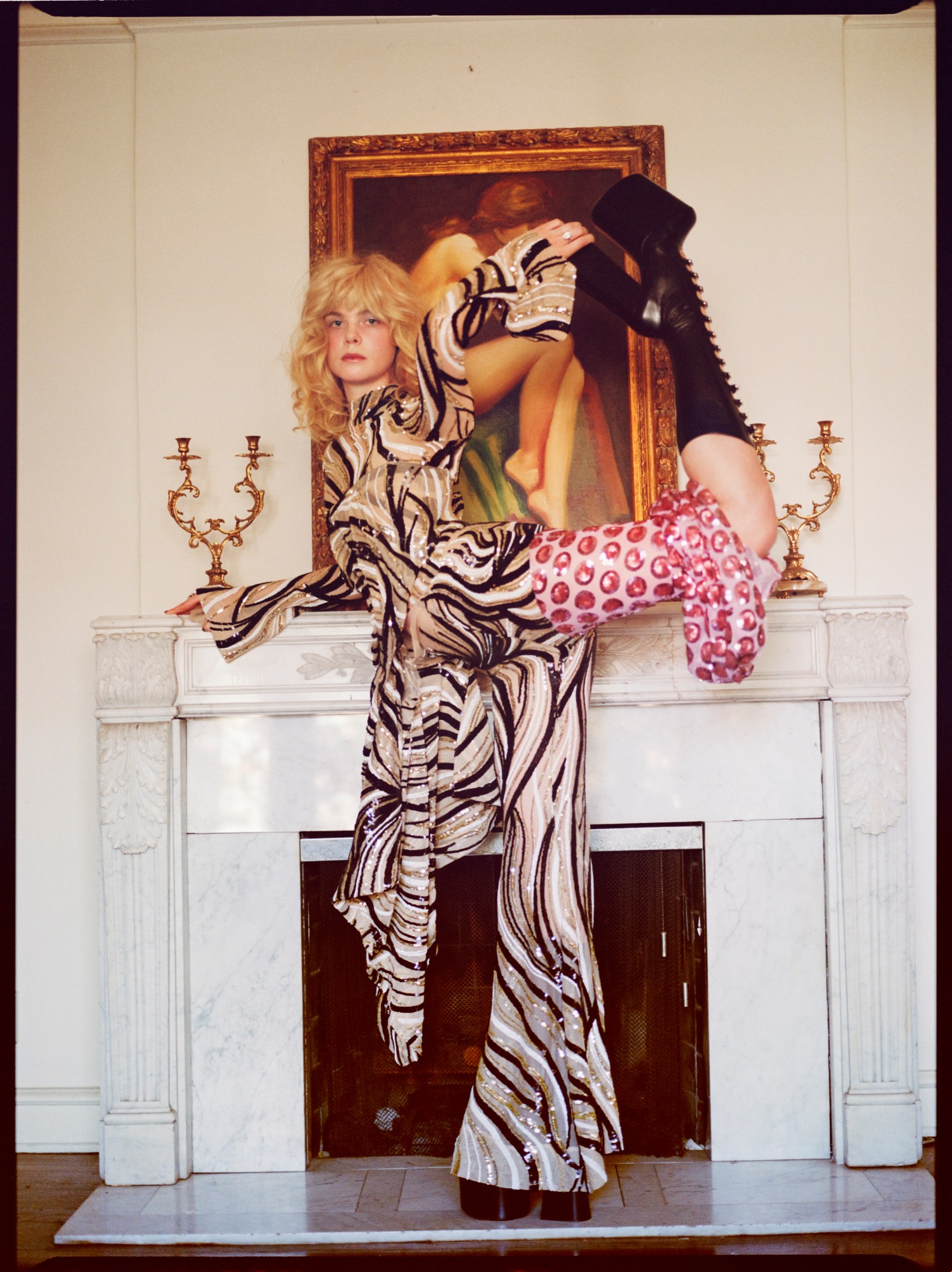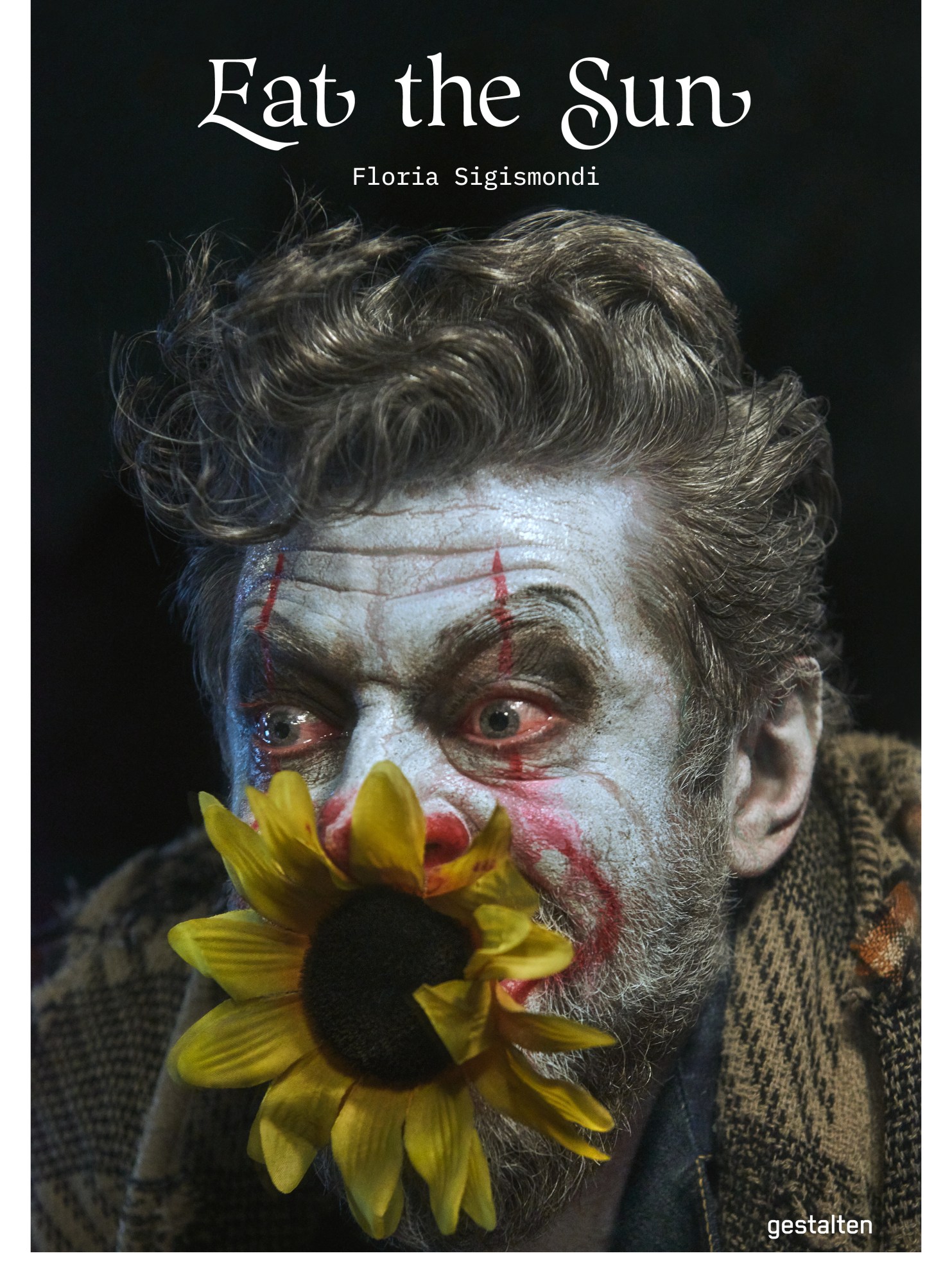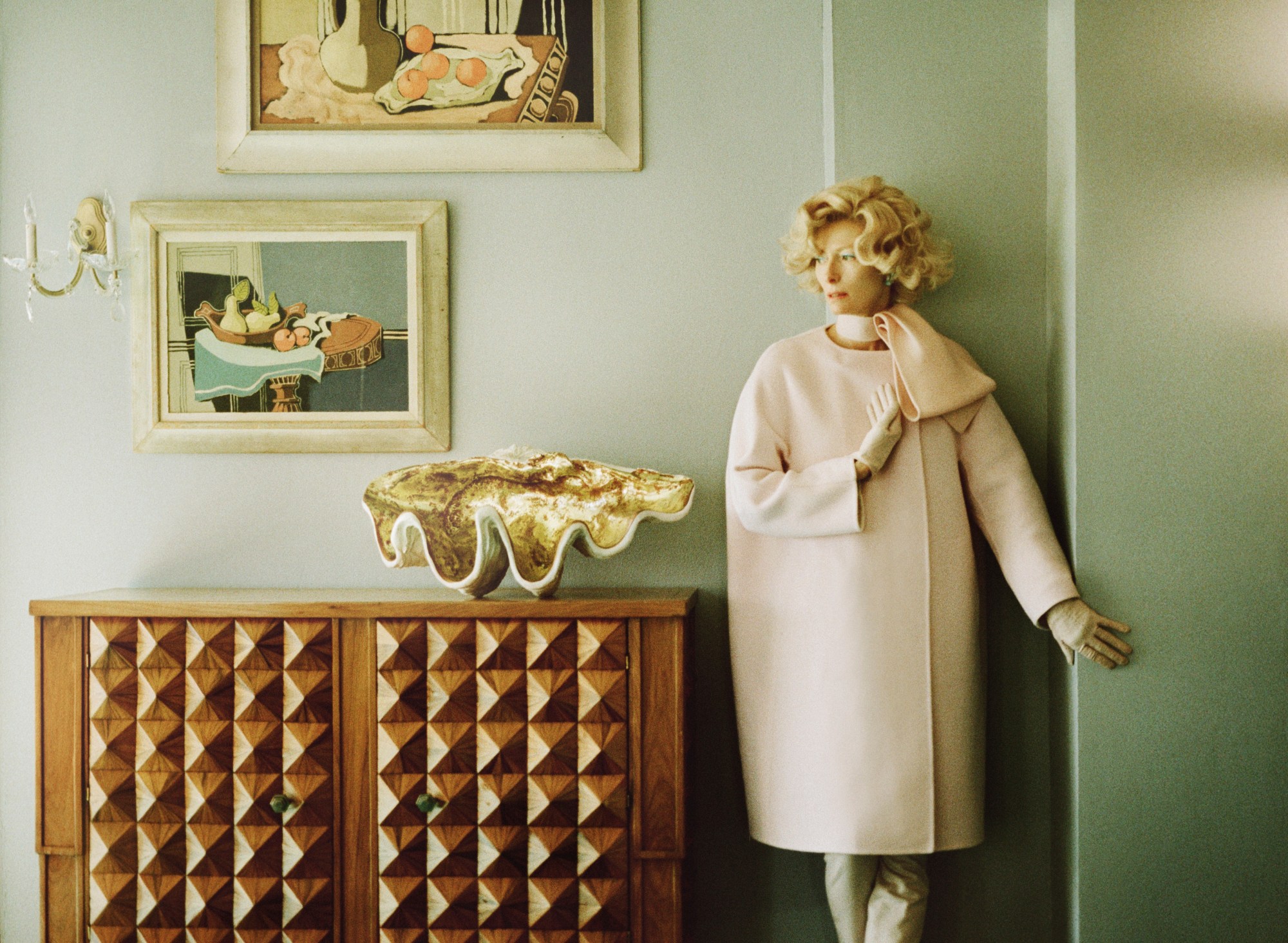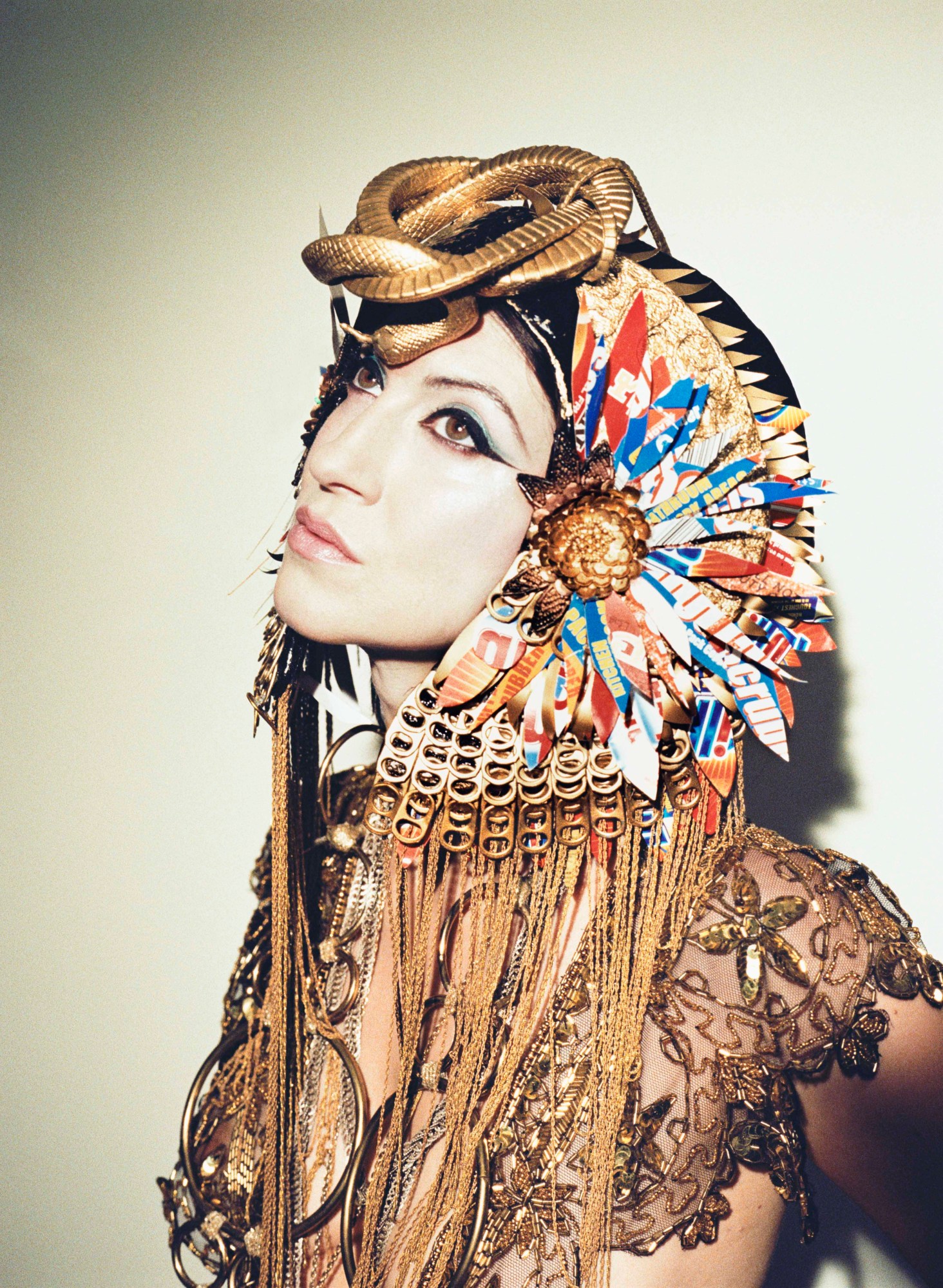Floria Sigismondi is one of the boldest women filmmakers today. She has brought her surreal style to music videos for David Bowie’s Dead Man Walking and Rihanna‘s Sledgehammer. As of late, the chatter has been around her forthcoming film project The Turning, an adaptation of a Henry James novella starring Stranger Things’ Finn Wolfhard, but she has been quietly working on another project: a photo book.
Eat the Sun, out September 12 with Gestalten, is a romp through 25 years of Sigismondi’s award-winning filmmaking and photography career featuring spooky shots of Tilda Swinton and Bowie, some of which are stills from his music video for The Stars Are Out Tonight. Sigismondi said the duo shared a “mystical, alien-like quality.” Topping off the lush, star-studded collection, are shots of Elle Fanning dressed as a punk rock angel, as part of a selection of outtakes from a Sigur Ros film.

Sigismondi got her start in Toronto, where she first worked as a fashion photographer in the 1990s. Soon after, she started directing music videos, and her dark, otherworldly film style attracted musical acts from Marilyn Manson to Justin Timberlake. Eventually she went onto direct feature films.
We spoke to The Canadian-Italian director—who considers filmmaking a feminist act—about the wisdom she learned from Bowie, book collecting, and peeling back the layers of Hollywood.
What made you decide it was time for a book?
My last book Immune came out in 2005. I’ve been immersed in many projects since then, from directing two episodes of The Handmaid’s Tale to my two feature films; The Runaways and the upcoming The Turning, out in January 2020. I’m always shooting photos and felt like this was great time to put together a collection and share them. Making a new book is always a cathartic process for me. When it’s complete, it enables me to push forward into new territory, to try new things visually.
Where did the title Eat the Sun come from?
It’s from the ancient ritual of sun gazing, which is thought to energize the pineal gland, the third eye, and brings you superhuman powers. I believe in intuition and creating from that place. I like the idea of the sun as this energy we can tap into, a ball of fire that is dangerous and life giving. People are like big beautiful suns that feed off each other, sharing electric moments. That is how I look at creativity and capturing a moment in time.
What has never been seen or published before in this book?
There are many never before seen photographs in Eat The Sun. With online and social media, various others have floated around, but this is the first time that all the photos will be presented in high-resolution and in the full spectrum of colors. I’m an avid book collector and there is something very special about the ritual of flipping through a physical book.

How much of it is stills from your music videos?
I would say about half. I’ve also included stills I’ve taken on the set of my first film The Runaways and from my upcoming film The Turning.
You’ve shot many celebs, but your aesthetic tends to be dark. Do you ever feel like you’re showing the underbelly of Hollywood?
Los Angeles has many exhilarating sides—the glamour, the darkness, the magnificent, the magic. When looking beyond the facade and the exaggerated reality, I have found it to be an inspiring and artful place where opposite worlds collide.
What is your approach to taking a photo, what’s the most important thing?
Some things are planned and setup, but I like to keep the environment spontaneous and alive in the moments. There is an unconscious approach to capturing my photographs. I search to find the unspoken in an image, a feeling.

What did you learn from David Bowie, having collaborated with him on multiple music videos?
David Bowie has taught me many things. He taught me to respect the creative process. He was very respectful of that with me. He didn’t like to think about things too much, more like following your first gut impression, so he taught me to just do it fast and move on. He taught me to trust myself, listen to my voice. He taught by example. He did what he wanted to do and changed the world with his ideas, his lyrics… blowing minds.
The last time you were interviewed by i-D, you said there needs to be more women behind the camera. Have we made any progress?
Some progress has been made with regards to women directors in film, TV, and videos. But we are far from a substantial shift. We need more stories told in the point of view of women. We are half the population for crying out loud. We should tell our own stories.

What unexpected thing can we expect in your forthcoming film, The Turning?
Hmmm…many unexpected things! It’s inspired by the novella, The Turn of The Screw by Henry James. The Turning is set in the 1990’s. We follow Kate, a nanny played by Mackenzie Davis, who has been hired to take care of two orphaned children played by Brooklynn Prince and Finn Wolfhard. Quickly she believes both the children and the house may be harboring dark secrets. Her reality is thrown into a haunted spiral.
I studied at the Ontario College of Art and Design in Toronto, after you graduated. I was in awe of your work, so I asked one of my professors what it was like teaching you. They said: “If Floria put as much work into art as she does her style, she will be successful, and she is.” Did you show up at art school dressed in high fashion?
In college, I lived on a tiny budget for clothes, but my mother was a seamstress growing up, so we always made our own clothing. I designed most of my own clothes and I would mix them with vintage pieces. I find the ritual of dressing is something I like to do. It’s something that has always defined me.

